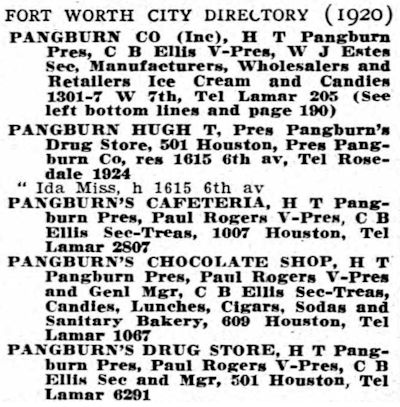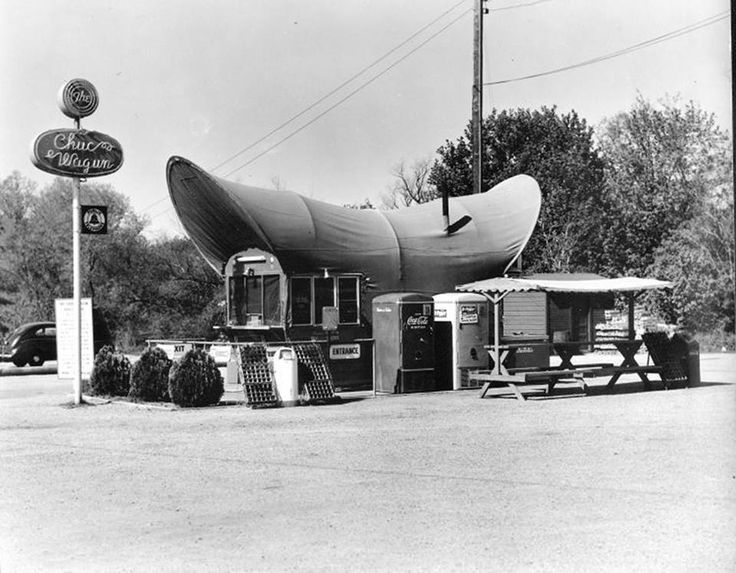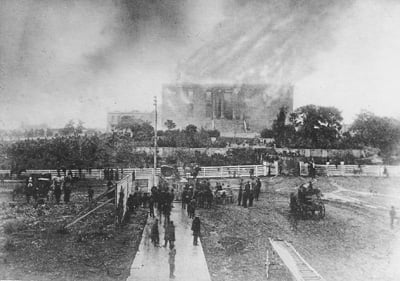New York Times:
DisunionThe Great Hanging at Gainesville
By Richard Parker and Emily Boyd
October 16, 2012 12:49 pmOctober 16, 2012 12:49 pm 30
Disunion follows the Civil War as it unfolded.
October is the time when summer finally releases its grip on the flat plain of North Texas. But in the fall of 1862 this part of Texas was in the grip of a cycle of violence: Texan against Texan, even as the Civil War pitted Southerner against Northerner.
"Texas had been divided about secession deeply," says the Temple University professor Gregory Urwin, who has researched Civil War atrocities. "So the threat was now internal as well as the threat of Union invasion itself" in the eyes of slaveholders. Confederate supporters "responded to that threat now the way they did to Indians and Mexicans before. It was life and death."
By 1862, the fragile order of this frontier state was breaking down under the pressures of an unpopular draft and a capricious martial law. In 1861, the idea of secession had been seductive. But the reality of war on the home front in Texas was disillusioning, grim and terrifying in its lawlessness. In the fall of 1862, in North Texas, more than 40 men, most guilty of nothing more than not reporting for the draft that day, would hang or be shot in a military atrocity by Confederate troops that remains the largest case of vigilante justice in America.
Already that year, Confederate troops
had ambushed a party of German immigrants on the Nueces River, killing 19, executing 9 more and then hunting down still more on the Rio Grande. The ambush and executions far exceeded the legal authority of the Confederate commanders, who should have arrested the Germans for attempting to flee conscription. The following year nine more men, Confederate troops on leave, were hanged near Bandera in the Hill Country by other Confederate troops on patrol.
In Texas, the Confederate military, which was supposed to ensure security, posed an increasing threat to civilians through its mix of powerful and often incompetent officers and undisciplined troops left to guard the home front. Brig. Gen. Paul Octave Hbert, the state military commander, though a West Point graduate, had logged just five years of active duty military experience before becoming a rich sugar planter and governor of his native Louisiana only to rejoin the military after secession. His troops despised him as arrogant, and even Gov. Francis Lubbock said Hbert seemed "somewhat bewildered by the magnitude of the task assigned him."
The imperious Hbert practically installed himself as a military governor. He issued proclamations for every able-bodied man to be able to serve in the militia if not in the army; they went largely ignored. He put all of Texas under martial law and his personal authority, going against Jefferson Davis's explicit wishes. He then doled out sweeping authority to his state militia commanders, who in turn did the same with local provosts men who, in many cases, had limited military experience but vested interests in the local economies or, worse, old scores to settle.
Hbert's autocratic control virtually guaranteed that conflict would break out on the North Texas plains, where the controversies of secession and slavery still seethed. The region, northeast of Dallas, had been settled by newcomers from the Upper South and the Midwest, without slaves, though a minority of older settlers did own slaves. In the run-up to secession, the editor of the Sherman Patriot newspaper had even called for the secession of North Texas from Texas itself. Slave owners and sympathizers fought back with fear-mongering; they even sparked a lynching of blacks for a series of rumored arsons that never took place.
In Gainesville, a town in Cook County about 75 miles northwest of Dallas, only 1 in 10 white males owned slaves and anti-secession, anti-war sentiment abounded: a branch of the Peace Party was still active in Cooke County, long after Texas joined the Confederacy. As the Confederacy's unpopular Conscription Act went into effect exempting slaveholders from military service but requiring it of non-slaveholders a Union League had formed to protest the law in a petition to Richmond.
The commander of the area's military district, Brig. Gen. William Hudson, feared that the agitation among Kansas Jayhawkers and Oklahoma unionists would spill over the nearby border and so ordered draft dodgers arrested. The Unionist and draft dodger circles were quickly penetrated by a pair of self-appointed spies, brothers who supported the Confederacy, who reported their findings to the local provost, Col. James Bourland. A plantation owner in Cooke County, Bourland carried out the arrests and teamed up with Col. William Young, who hand-selected a jury, composed mostly of slave owners, to try the prisoners. Bourland and Young had a strong motivation to tamp down dissent: together they owned a third of all slaves in Cooke County.
The arrests began early on the morning of Oct. 1. The skies darkened through the day, unleashing a torrent of rain. By noon, 70 men were in chains; a few escaped and still others were shot trying to escape. By the end of the day, 150 men were in a makeshift prison in Gainesville. That number would swell to nearly 200.
The very next day the men went on trial for treason against the Confederacy and avoiding the draft. Despite the composition of the town, 7 of the 12 jurors sitting in judgment were slave owners. Some were powerful men with mutual ties: Daniel Montague had served under Colonel Young, Jeremiah Hughes collected war taxes for the Confederacy and William Simpson was a member of the home guard unit rounding up the prisoners now on trial. The remainder of the jury was composed of illiterate farmers or fresh arrivals from the Deep South.
Initially, the court considered the evidence against them so flimsy that it moved to acquit and release nearly all the prisoners of treason and insurrection; only seven Unionists were to be condemned at all. But a mob was growing outside, and it threatened to break into the prison. The court quickly acceded to its demands for rough justice.
On Oct. 12, a cold Sunday morning in Gainesville, the mob had enough of the deliberations inside and stormed the courtroom, demanding a list of the men on trial; the jury complied and handed over the names of 14 of them, chosen at random; all were hanged the next day, under the supervision of Young (coincidentally, three days later he was killed by bandits preying along the Red River).
The fear of spreading factional violence prompted two jurors to flee service. They were replaced by two men, Newton Chance and William Howeth, who wanted all suspected Unionists hanged. The cycle of violence tightened. There would be no mass acquittal or release. Instead, the men were retried; 19 were condemned to death. Young's son oversaw the next round of hangings. Most of the condemned men had done nothing more than fail to report for the draft, itself a crime without formal punishment under Confederate law.
Chaos soon took over North Texas. Hundreds of families fled the state, fearing for their lives. Military commanders alternately helped lynch mobs or tried to quell them. In Decatur, Capt. John Hill supervised the hanging of five more men while in Sherman, Brig. Gen. James Throckmorton who had opposed secession as a legislator but donned the gray uniform out of loyalty to Texas arrived in time to save five men from the noose. The editor of the Sherman Patriot was murdered. In Denton, a man shot a prisoner dead. A North Texas company serving in Arkansas nearly mutinied upon learning of the violence back home.
Texas newspapers hailed the hangings while Lubbock, the governor, applauded the military. But President Davis was humiliated; he had been pressing for an investigation of Union atrocities in Missouri but now was faced with atrocities by his own military against his own people. The Northern press seized on the episode as an example of Southern barbarity. Davis summarily dismissed Hbert from his command.
On his way out the door, Hbert banned the export of cotton already made nearly impossible by the Union blockade off the coast except by authorized agents of the Confederacy. Of course, these authorized agents would receive a fee. Hbert's final order proved wildly unpopular during the remainder of the war. To the injury of atrocities against its own civilians in Texas, the Confederacy could now add the insult of economic punishment, even as it demanded more troops and more cattle for a losing war. At least on the home front in Texas, the tide of the Civil War had begun to turn.













